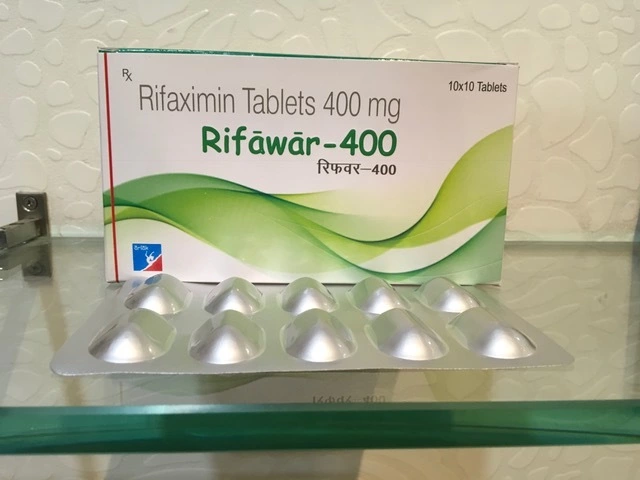Food Allergen Symptom Checker
This tool helps identify common food allergens and associated symptoms. Select symptoms you've observed to find possible allergens.
Select Symptoms
Common Allergens
Peanuts
Can cause severe reactions including anaphylaxis.
Skin Respiratory CardiovascularMilk
Often causes digestive issues and skin reactions.
Gastrointestinal SkinEggs
Can trigger both skin and respiratory symptoms.
Skin RespiratoryPossible Allergens Detected
If you suspect an allergic reaction, consult your pediatrician and always carry an epinephrine auto-injector. Seek immediate medical attention if symptoms worsen or include trouble breathing.
When a child reacts to certain foods, it's called food allergies. Parents and caregivers quickly learn that a simple lunch can become a medical emergency, and navigating the maze of symptoms, treatments, and food laws feels overwhelming. This guide breaks down the science, the daily practical steps, and the legal landscape so you can act confidently every time a meal is on the table.
Key Takeaways
- Identify the top eight allergens and their typical reactions.
- Build an Emergency Action Plan (EAP) with your pediatrician.
- Know how to read food labels under the latest FDA regulations.
- Choose, store, and administer an epinephrine auto‑injector correctly.
- Teach schools, relatives, and friends to recognize and respond to anaphylaxis.
What Triggers a Food Allergy?
The body’s immune system mistakenly flags a harmless protein as dangerous. It produces IgE antibodies that bind to mast cells, releasing histamine and other chemicals. The result can range from a mild itch to a life‑threatening anaphylactic reaction.
In the United States, eight foods account for roughly 90% of allergic reactions in children:
- Milk
- Eggs
- Peanuts
- Tree nuts
- Wheat
- Soy
- Fish
- Shellfish
These are known as the "major allergens" and are the focus of most labeling laws.
Spotting the Symptoms
Symptoms usually appear within minutes to a few hours after eating. Common signs include:
- Skin: hives, redness, swelling around the lips or eyes.
- Gastrointestinal: stomach cramps, vomiting, diarrhea.
- Respiratory: wheezing, coughing, throat tightness.
- Cardiovascular: rapid heartbeat, dizziness, fainting.
When any of these appear together, especially breathlessness or a drop in blood pressure, treat it as an anaphylaxis emergency.
Creating an Emergency Action Plan (EAP)
Collaborate with your child’s pediatrician to draft a clear, step‑by‑step plan. The plan should list:
- The confirmed allergens.
- Typical symptom patterns for your child.
- When and how to use an epinephrine auto‑injector.
- Contact numbers for emergency services and the pediatrician.
- Instructions for school staff, babysitters, and relatives.
Print the plan, keep one copy in the child’s backpack, and place another at home near the kitchen.
Choosing and Using an Epinephrine Auto‑Injector
There are three mainstream brands in the U.S.: EpiPen, Auvi‑Q, and generic versions approved by the FDA. When selecting:
- Check the dosage - most children need 0.15mg, while teenagers may need 0.3mg.
- Look for a device with a clear expiration date and a safety cap.
- Consider a back‑pack-friendly case for school and travel.
Practice the injection technique with a trainer device at least once a month. The steps are simple:
- Remove the safety cap.
- Push the needle firmly against the outer thigh, through clothing if needed.
- Hold for 3 seconds, then remove and massage the site for 10 seconds.
After using the injector, call 911 immediately - a second dose might be required.
Reading Food Labels Like a Pro
The Food Allergen Labeling and Consumer Protection Act (FALCPA) mandates that the eight major allergens appear in plain language on ingredient lists. Look for phrases such as:
- "Contains milk" or "Made with milk".
- "May contain traces of peanuts" (cross‑contamination warning).
- "Processed in a facility that also processes tree nuts".
When in doubt, contact the manufacturer. Many companies now offer allergen‑free product lines, but the ingredient list is the final authority.
Managing Meals at Home and Out
At home, keep a dedicated "allergen‑free" zone in the kitchen. Use separate cutting boards, utensils, and storage containers. A simple color‑coding system (e.g., red for peanuts, blue for dairy) helps everyone see what’s safe.
When eating out, follow this checklist:
- Call ahead to ask about ingredient sourcing.
- Ask the server to speak directly with the chef.
- Request a written list of all ingredients, including hidden sources like broth or seasoning blends.
- Bring the epinephrine auto‑injector and an extra dose.
Schools now require a written EAP and an up‑to‑date auto‑injector on file. Review the school's policy annually and ensure the nurse has the correct device.

Common Pitfalls and How to Avoid Them
Even vigilant parents slip up. Here are the top mistakes and quick fixes:
| Mistake | Why It Happens | Prevention |
|---|---|---|
| Relying on "may contain" warnings | Cross‑contamination is unpredictable | Ask the manufacturer for a definitive answer |
| Skipping daily epinephrine checks | Busy mornings | Set a phone alarm to inspect the device each day |
| Assuming older children outgrow all allergens | Misunderstanding of allergy trajectories | Schedule annual re‑evaluation with the pediatrician |
| Using expired auto‑injectors | Neglecting expiration dates | Mark the expiry on the calendar and replace 2 months early |
When to Seek Professional Help
If your child experiences any of the following, book a consultation promptly:
- Repeated reactions despite strict avoidance.
- New or worsening symptoms (e.g., respiratory distress).
- Difficulty controlling anxiety around food.
- Interest in desensitization therapies such as oral immunotherapy (OIT).
Specialists such as pediatric allergists can perform skin‑prick tests, blood panels, and supervised food challenges to refine the diagnosis.
Future Trends: What’s Changing in 2025?
Two major developments are reshaping how families manage food allergies:
- Digital allergy passports - mobile apps that store a child’s allergen list, EAP, and auto‑injector info, shareable with schools and restaurants.
- Gene‑editing research - early‑phase trials aim to modify immune response pathways, though commercial use is still years away.
Keeping an eye on these trends helps you stay ahead of new safety tools.
Frequently Asked Questions
How soon should I give epinephrine after noticing symptoms?
If you see any signs of anaphylaxis-trouble breathing, swelling of the throat, or a rapid drop in blood pressure-inject right away. Delay can worsen the reaction and make it harder to reverse.
Can my child outgrow a peanut allergy?
Some children do outgrow peanut allergies, but many retain them into adulthood. A yearly evaluation with an allergist is the best way to track changes.
What’s the difference between a food allergen and a food intolerance?
Allergies involve the immune system and can trigger anaphylaxis. Intolerances are usually digestive issues (like lactose intolerance) that don’t involve immune activation.
Do restaurants have to accommodate my child’s allergy?
In most U.S. states, restaurants must provide allergen information when asked, but they aren’t required to eliminate cross‑contamination. Clear communication and written orders reduce risk.
Is it safe to travel internationally with an epinephrine auto‑injector?
Yes, but keep the injector in its original packaging, carry a doctor’s note, and check the destination’s regulations. Bring extra doses in case of customs delays.






Hey parents, remember that reading a label is the first line of defense! ✅ Make it a habit to scan the ingredient list for the eight major allergens and any “may contain” warnings before the snack even touches the counter. 🌟 Involve your child in the process-give them a magnifying glass, turn it into a game, and celebrate each successful find. 📚 This shared routine builds confidence and reduces anxiety around meals. 🎉 If you ever spot an unfamiliar term, pause and call the manufacturer; a quick clarification can prevent a serious reaction. 🛡️ Stay vigilant, stay calm, and keep those tiny superheroes safe. 💪